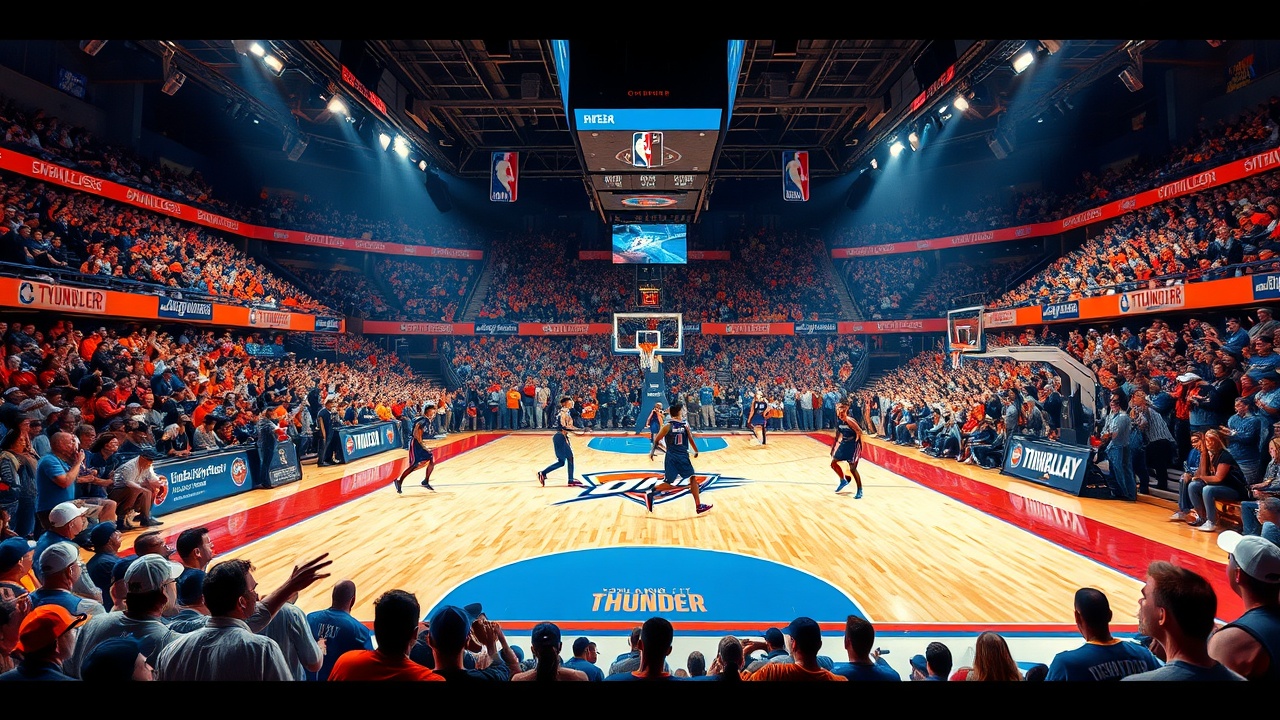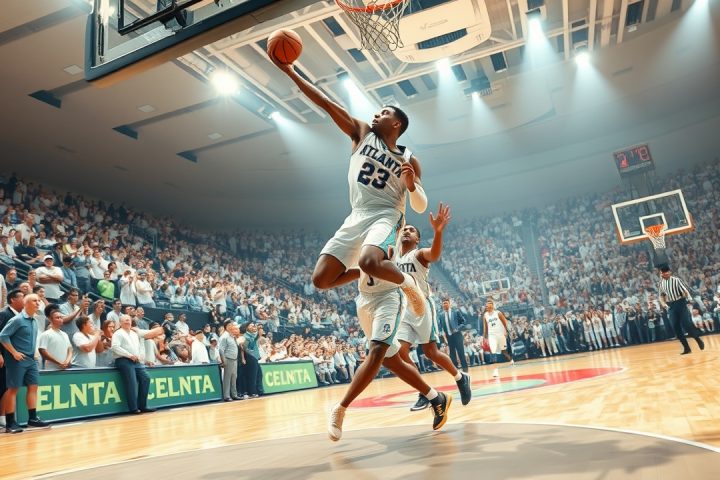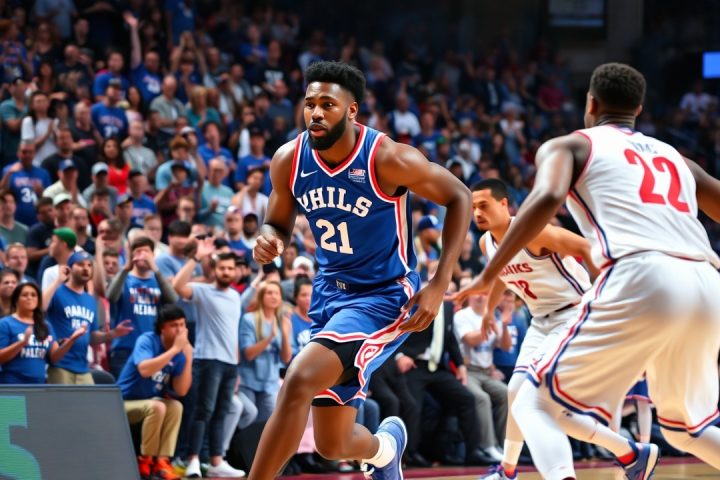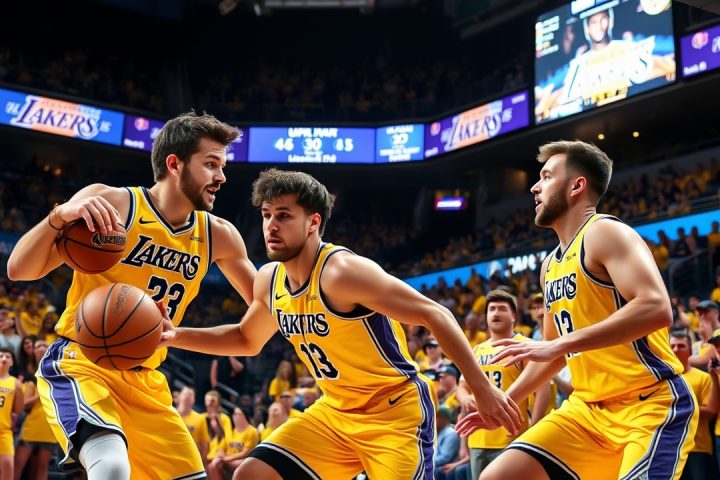The Oklahoma City Thunder’s Championship Pursuit
As the Oklahoma City Thunder stand just one victory away from clinching their inaugural NBA championship, their success story is layered with pivotal moments and strategic decisions that have propelled the franchise to new heights. Key moves, like the trade for Paul George and impactful selections made during the 2022 NBA Draft, showcase the foresight of General Manager Sam Presti and his team.
Competing in a Small-Market Environment
What sets the Thunder apart, however, is their ability to compete at a high level despite being located in the league’s third-smallest media market. In many respects, they function like a large-market franchise. The NBA’s collective bargaining agreement establishes a salary cap for all teams, but the new second apron introduces a hard cap that influences how organizations strategize player pay. Nevertheless, there remain no such constraints when it comes to investing in basketball operations beyond salaries.
Executives across the league acknowledge that Oklahoma City boasts one of the largest basketball operations departments, with 88 staff members, nearly on par with the New York Knicks‘ 92 employees, and significantly outpacing the Los Angeles Lakers, who have only 56. This substantial investment in front-office personnel reflects not only the Thunder’s commitment to success but also their enduring stability.
Enduring Executive Stability
The organization has cultivated a secure environment for its executives, enabling them to remain for extended tenures. Presti has been with the team for 18 years, accompanied by other long-serving staff members such as Wynn Sullivan and Jesse Gould, who each have over a decade of service, now serving as VPs of basketball operations.
Throughout the past decade, only a handful of key executives have departed from the team. Rob Hennigan, who initially left in 2012, returned after a five-year hiatus, while Troy Weaver transitioned to the Detroit Pistons after 12 years with the Thunder. Michael Winger, who held the assistant GM position for eight seasons, later took his talent to the LA Clippers. Will Dawkins, now the GM for the Wizards, spent 15 years rising through the ranks in Oklahoma City.
Financial Commitment to Success
The Thunder are not just focused on minor gains; they are willing to spend significantly to secure top talent when necessary. Since 2002, they have paid approximately $106.44 million in luxury taxes, ranking 12th among all NBA franchises. In contrast, the Memphis Grizzlies, operating in an even smaller market, have only faced the luxury tax on two occasions since 2005, while the New Orleans Pelicans have yet to pay it at all.
Even the San Antonio Spurs, located in the fifth-smallest market, have contributed just $17.51 million over the past two decades. The Milwaukee Bucks, despite also working with a small market, have spent a staggering $188.67 million in luxury taxes over the past four seasons.
Much of Oklahoma City’s luxury tax expenditure was concentrated during a six-year window towards the end of the last decade when the team was in pursuit of a championship, notably during the latter part of the Kevin Durant era and Russell Westbrook‘s final seasons with the Thunder. For instance, during the 2018-19 season, the Thunder incurred a luxury tax of $61.62 million, the second-highest amount registered at that time.
Future Challenges and Financial Ramifications
However, challenges loom on the horizon as key players like Shai Gilgeous-Alexander, Jalen Williams, and Chet Holmgren become eligible for contract extensions this summer. Their approach to these impending financial commitments may significantly influence their potential for sustained success in the NBA.
On a related note, the financial ramifications of an NBA Finals appearance are underscored by the bustling atmosphere in Indianapolis last week, where the Pacers held a finals game for the first time in a quarter-century. The city was abuzz with Pacers-themed merchandise, and the team store reported an impressive $200,000 in sales on the eve of Game 3, a stark contrast to typical daily revenue during off-season periods.




